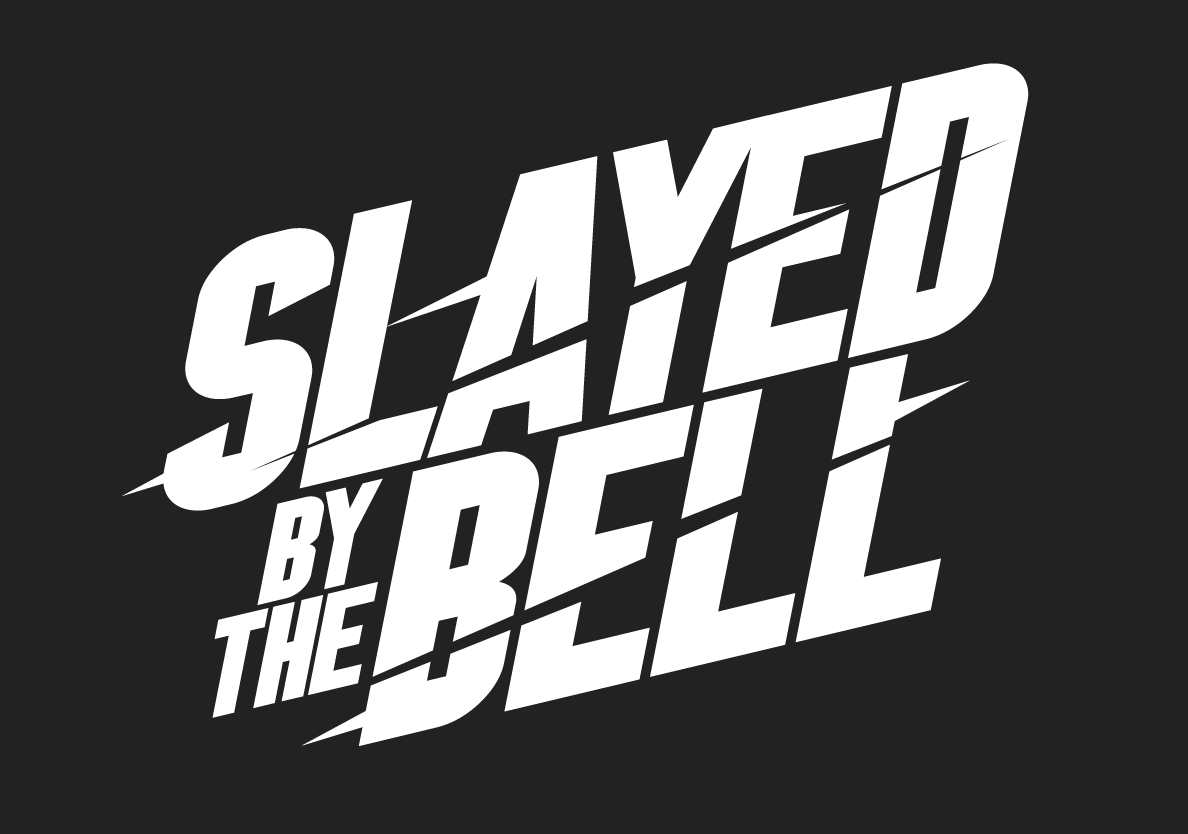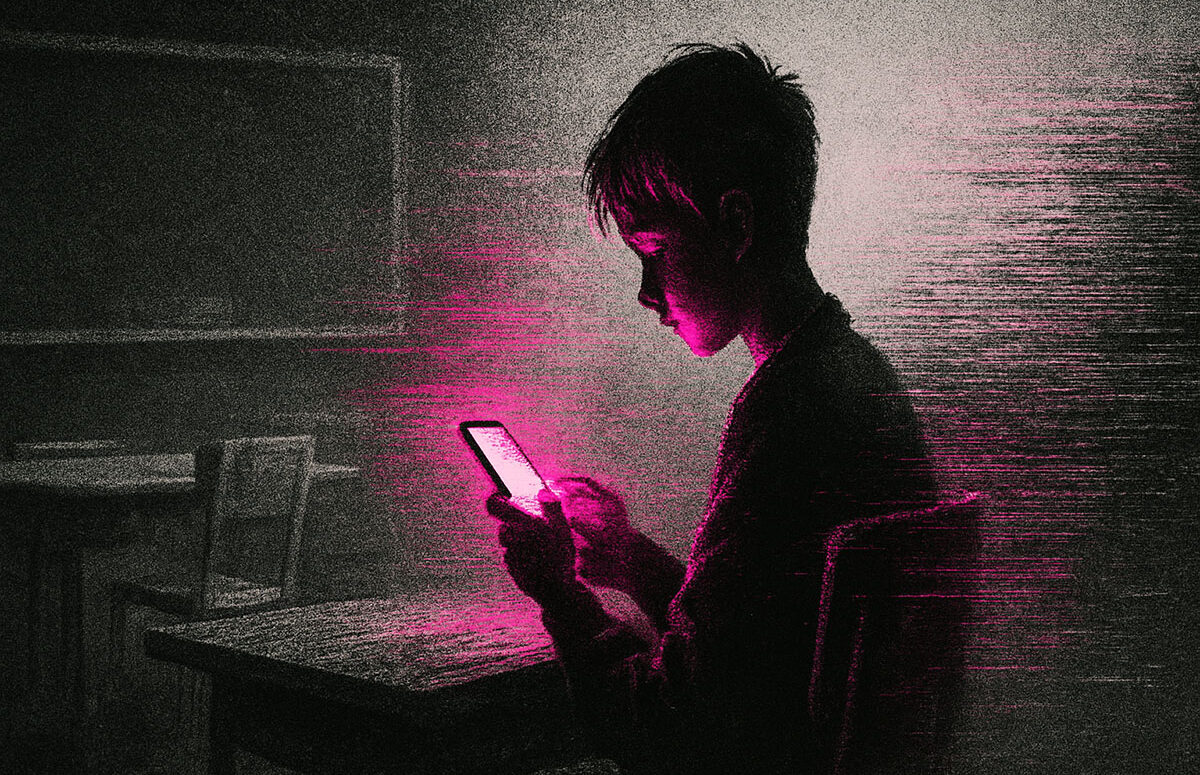The Dopamine Dilemma
This is the second post in my series on the collapse of classroom culture. In Part 1, The Erosion of Classroom Civility, I looked at the entitlement, apathy, and aggression now normalised in schools. Here, I want to dig deeper into one of the most toxic forces behind it all: the dopamine economy. Students are chasing short-term highs, scrolling themselves into oblivion, and treating education like background noise. We’re not just competing with social media; we’re losing to it.
Problem
Kids are addicted to stimulation. They bounce from one app to the next, one notification to another, one drama to the next dopamine hit. Lessons feel flat in comparison. Thinking is slow. Learning is frustrating. Reflection is painful. School can’t compete with the hyper-personalised, instant-reward loop they live in—and they act like we’re the ones with the problem for expecting anything different.
Causes
1. Brain chemistry is fucked
Let’s start with the science: dopamine drives motivation. But the modern internet—especially social media—hijacks that system. Kids don’t get dopamine from accomplishment or connection anymore; they get it from likes, comments, instant wins, viral nonsense, and endless scrolls. As Lanier warns in Ten Arguments for Deleting Your Social Media Accounts, these platforms are deliberately engineered to addict, distract, and destabilise. Every swipe or ping feeds the loop. So when they enter a classroom, their brains are already wired to expect rapid stimulation. School offers none of it.
2. Lessons can’t compete with engineered attention traps
Teachers aren’t losing students to boredom; we’re losing them to billion-dollar design teams. TikTok and YouTube create feedback loops where novelty, outrage, and speed dominate. As Jonah Berger highlights in Contagious, content that triggers emotion and social value spreads faster. Education? It’s complex. It requires delay, patience, nuance. None of that sells. So school becomes the mental equivalent of trying to sell books in a nightclub.
3. Cognitive overload from constant digital noise
Students are mentally exhausted before they even sit down. They’ve spent hours scrolling, watching, flicking, comparing. Their working memory is shot. Their emotional bandwidth is clogged. And then we expect them to engage with layered concepts, concentrate, and apply themselves? It’s a fucking joke. Jaron Lanier argues that social media doesn’t just damage attention; it corrupts emotional processing. Kids can’t regulate themselves because they’re constantly overstimulated.
4. No tolerance for effort or delay
They want everything now. Immediate feedback. Instant answers. Tasks that take more than five minutes are seen as unreasonable. Anything that feels hard is rejected. This is classic delayed-gratification failure, and it’s being reinforced daily. Richard Shotton might describe this as present bias: the brain prefers immediate rewards over future ones, and tech just pours petrol on that fire. School demands long-term effort for long-term outcomes. Their brains are trained for the opposite.
5. Social comparison and self-worth erosion
Kids aren’t just distracted—they’re demoralised. Platforms are full of highlight reels, fake lives, and filters. Students compare themselves constantly and always come up short. This fuels anxiety, low self-esteem, and fatalism: “What’s the point? I’ll never be good enough anyway.” When you feel that way, school doesn’t seem like an opportunity—it feels like more pressure, more judgement, more failure waiting to happen.
6. The constant ‘fear of missing out’
Phones aren’t just distractions; they’re portals to everything students think they should be part of. Every lesson is a missed message, a missed moment, a missed trend. So they sit twitchy, anxious, waiting for the bell to go so they can plug back in. School feels like withdrawal. No wonder they kick off.
Effects
We are teaching through a fucking haze. Kids are frazzled, checked out, and half-present at best. You can see it: the dead-eyed stare, the twitchy fingers, the constant need to look at something—anything—other than the work in front of them. They’re not just distracted; they’re addicted. And when the dopamine stops flowing, they get restless, irritable, even aggressive.
Engagement drops through the floor. They don’t ask questions. They don’t give a shit about feedback. They want answers spoon-fed and they want it now—or they shut down and call it boring. Behaviour spirals because frustration kicks in. Not just ours, but theirs too. They know they can’t focus. They know they’re not learning anything. But it’s easier to be the class clown than admit your brain’s too fried to think. So they act up, act out, and take everyone down with them.
Staff are pushed to breaking point. You plan, you scaffold, you differentiate—only to watch your class lose interest 90 seconds in because some influencer just dropped a new “storytime” on TikTok about how they got expelled for throwing a chair at a teacher. We are competing with bullshit, and it’s winning.
Worse still: the system gaslights us into thinking we’re failing when really, we’re up against psychological warfare. No CPD or behaviour policy is going to fix a generation high on curated chaos and screen-fed validation. And until leadership starts admitting that, we’re just wallpapering over rot.
Solutions
We’re not going to out-entertain TikTok, and we shouldn’t fucking try. The answer isn’t to gamify everything or sugarcoat learning into dopamine candy. The solution is to create friction—on purpose. Kids need to feel what focus is. They need to practice discomfort. We can’t just “engage” them; we have to train them to tolerate stillness, boredom, challenge, and effort. That starts by holding the line.
We strip back the fluff. Cut the fake relevance, cut the over-scaffolding, cut the performance bollocks. Get to the point. Make lessons simple, hard, and real. Set standards and stick to them. Phones off. Expectations clear. No pandering.
And staff need to be backed to hold that line. Leaders: stop telling us to “re-engage” kids who are digitally dependent. That’s like asking someone to coax an addict into rehab using heroin. Kids don’t need more flexibility—they need clarity, structure, and boundaries. Not because they’re broken, but because their environment is. If we don’t create the counterbalance, who the fuck will?
Finally: start telling the truth. Inset days should be about brain science and screen damage, not edu-fads and inspirational wank. Parents need to be told—openly—that screens are wrecking their kids. Teachers can’t do this alone, and we sure as shit can’t do it quietly.
Conclusion
This isn’t a phase; it’s a full-blown dopamine crisis. Schools are on the frontlines of a behavioural and neurological shitstorm and pretending it’s business as usual is a lie. In Part 1, I talked about civility collapsing. This is why. The dopamine economy has turned kids into addicts, and we’re acting like a bit of restorative practice will fix it.
In Part 3—Reclaiming the Classroom—I’ll lay out a blueprint for fighting back: not just surviving, but pushing back against the culture of chaos and reclaiming some fucking dignity for the profession.

